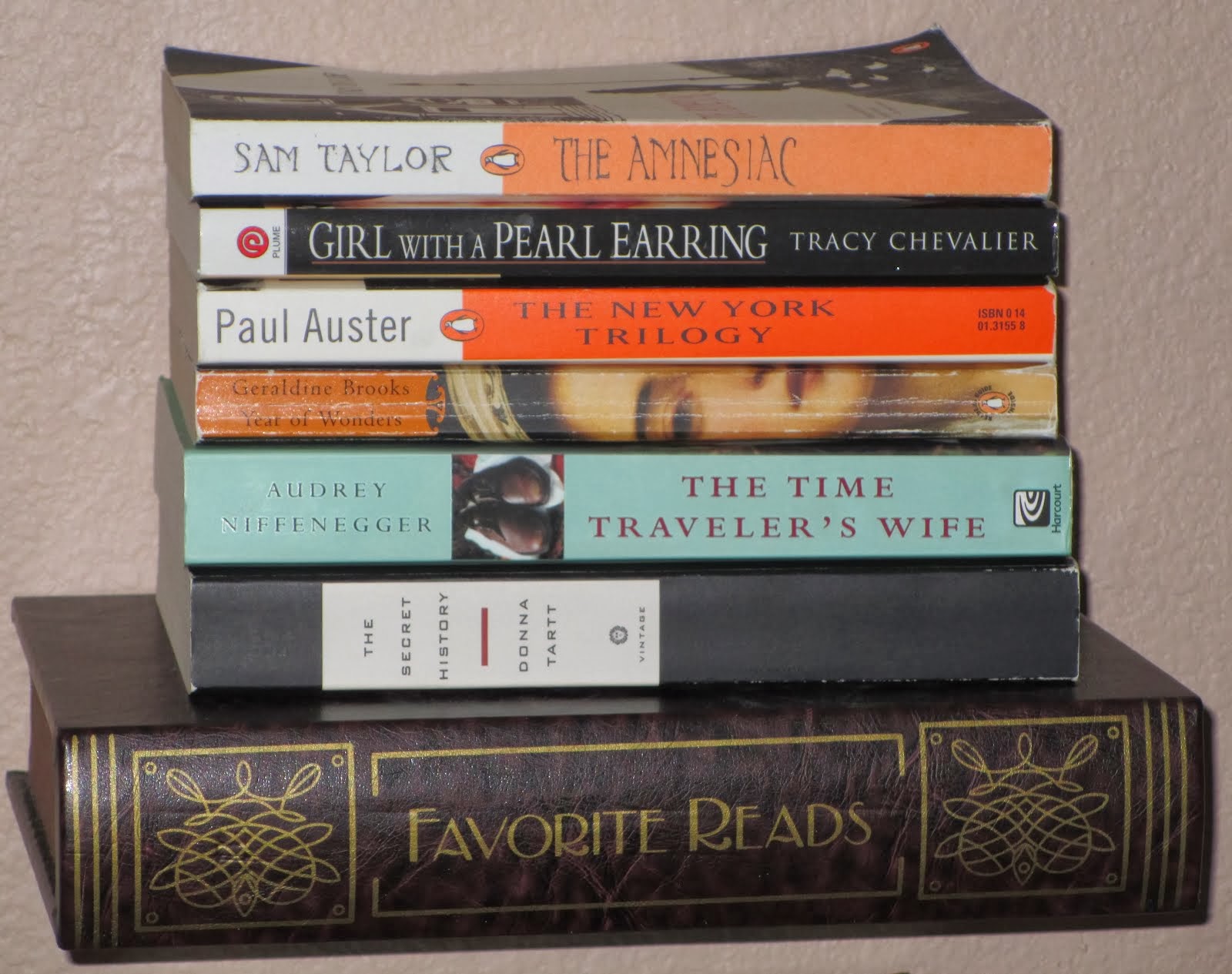This is a dual-timeline story, narrated by Etsuko, a Japanese woman living in England around the time the book was written (1982). Some of the (more minor) action is in the present, consisting mostly of Etsuko's conversations with her younger daughter who lives with her friends in London, but the emphasis is on the other timeline: one hot summer in Nagasaki, not too long after its destruction in the bombing. The focus of that summer was Sachiko, single mother to ten-year-old Mariko, and the time Etsuko spent with them. There are plot elements hinted at but never clearly explained (who was Mariko's father, and what happened to him? How did Etsuko's marriage to Jiro end?) but those questions pale in comparison to those raised in the last few pages: Just what is the meaning of the parallels between Etsuko and Sachiko, and those between Mariko and Etsuko's older daughter, Keiko? And, perhaps less pressing but still unanswered, what was the story behind the brief spate of child killings?
It's not surprising (considering the author) that the plot holes were intentional. (I don't say this because Ishiguro is known for plot holes, by any means; rather, I'm suggesting that he's much too careful a writer to end up with unintentional results.) As evidence, here's an excerpt from an interview:
"In A Pale View of Hills, I was trying something rather odd with the narrative. The main strategy was to leave a big gap. It's about a Japanese woman, Etsuko, who is exiled in Britain in middle age, and there's a certain area of her life that's very painful to her. It has something to do with her coming over to the West and the effect it has on her daughter, who subsequently commits suicide. She talks all around it, but she leaves that as a gap. Instead, she tells another story altogether, going back years and talking about somebody she once knew. So the whole narrative strategy of the book was about how someone ends up talking about things they cannot face directly through other people's stories. I was trying to explore that type of language, how people use the language of self-deception and self-protection."
You can find a really great discussion of varying interpretations of this book here. Obviously you don't want to follow that link if you don't want spoilers.















